The Leica Oskar Barnack Award is one of the most prestigious in the business and,…
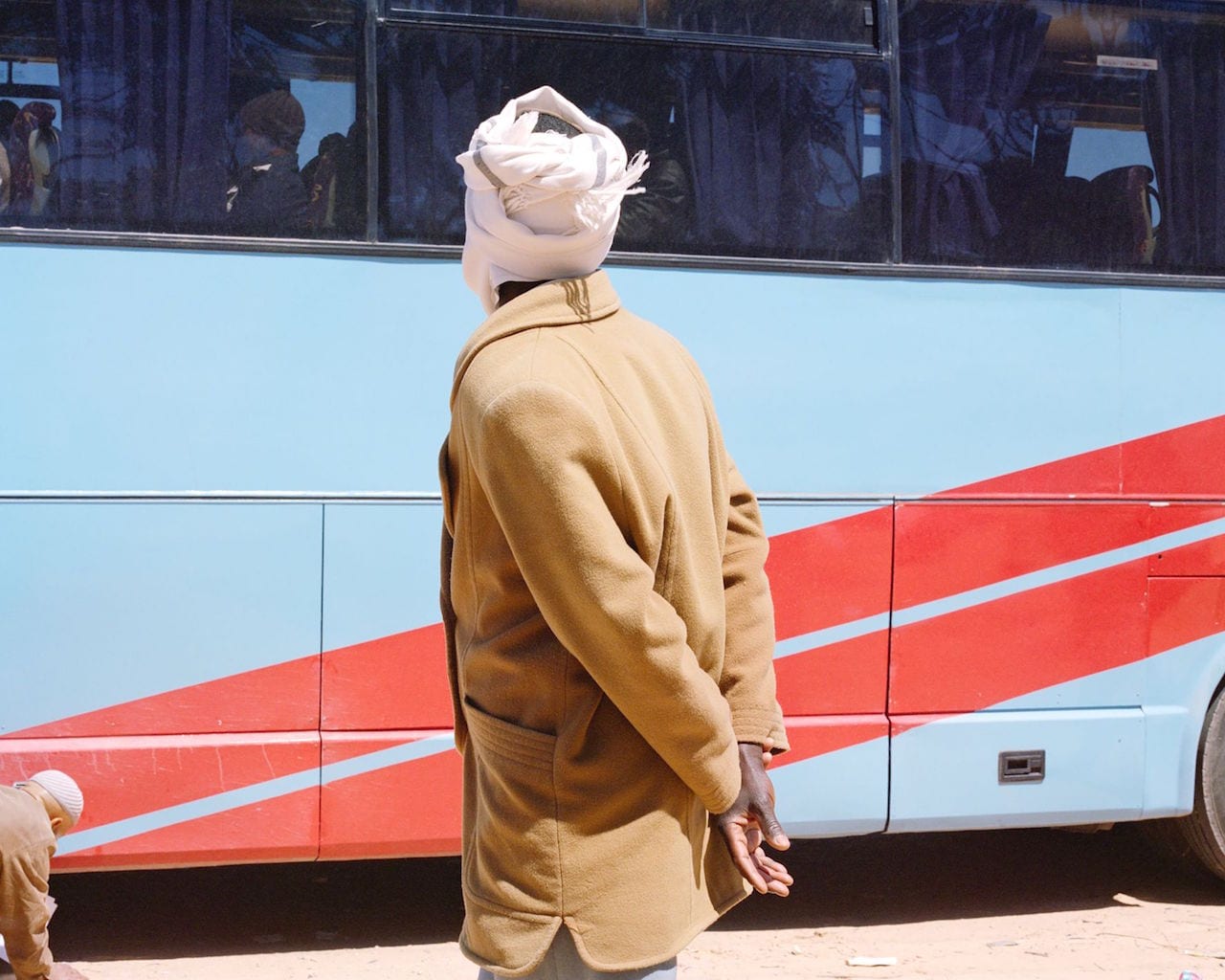
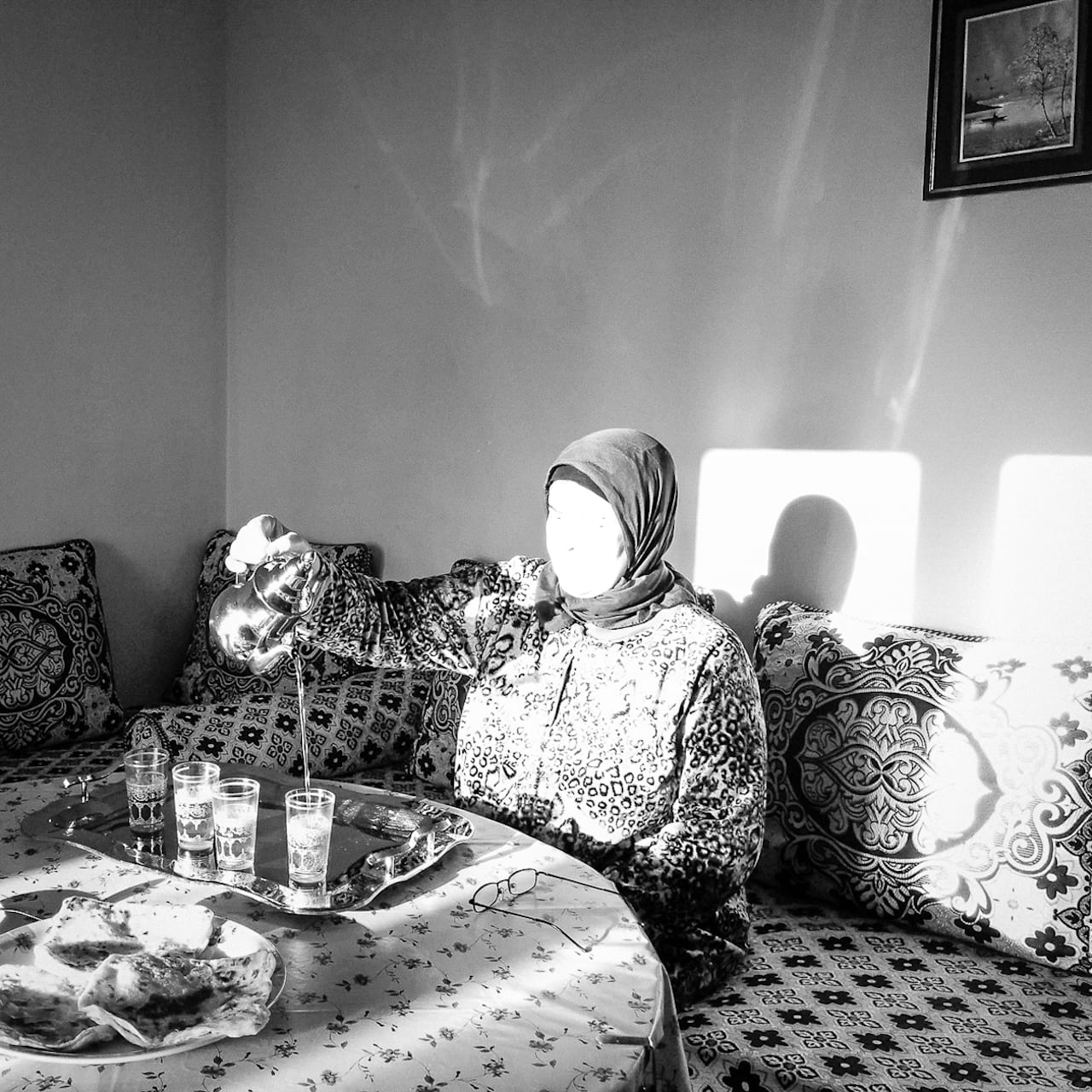
Hayati, meaning “my life” in Arabic, reflects on photographer Karim El Maktafi’s dual identity as a second-generation Italian born to Moroccan parents. The images were taken in both Italy and Morocco, and are all shot on an iPhone SE [Special Edition] – for a couple of reasons.
El Maktafi got into image-making via smartphones as a teen, after using them to take photographs of his friends. After graduating from the Italian Institute of Photography in 2013, he decided to return to the device with a more trained eye, when he decided to shoot Hayati.
He also uses a smartphone camera is because it’s less intrusive. El Maktafi’s family were against him photographing them, and in general don’t approve of photography as a career, which is why their faces are either cropped out or disguised by rays of light in the project. Using a smaller camera proved gentler way to record them, and the many other people involved.
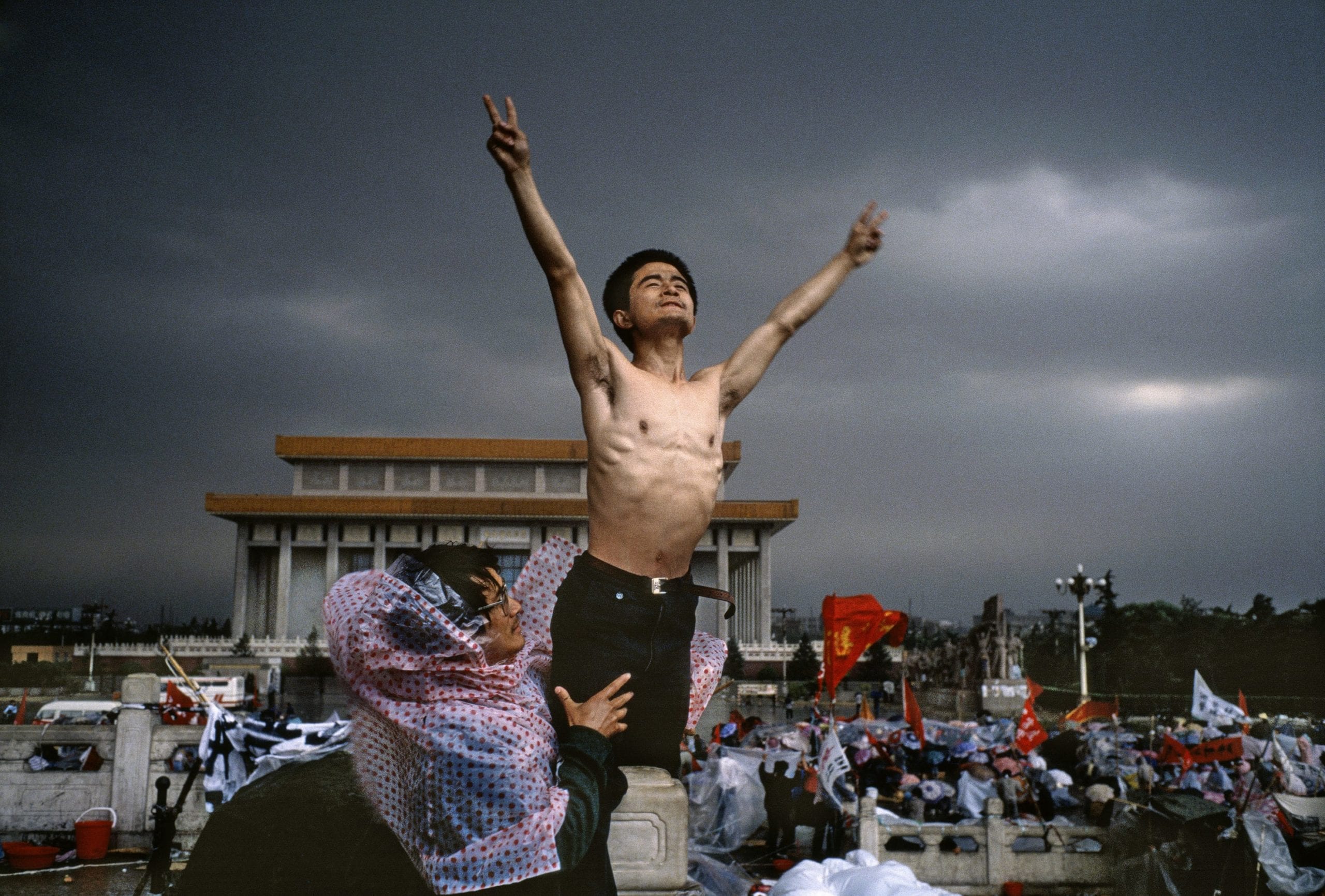
From the 4 June, for five days only, signed or estate-stamped, museum quality 6×6” prints…
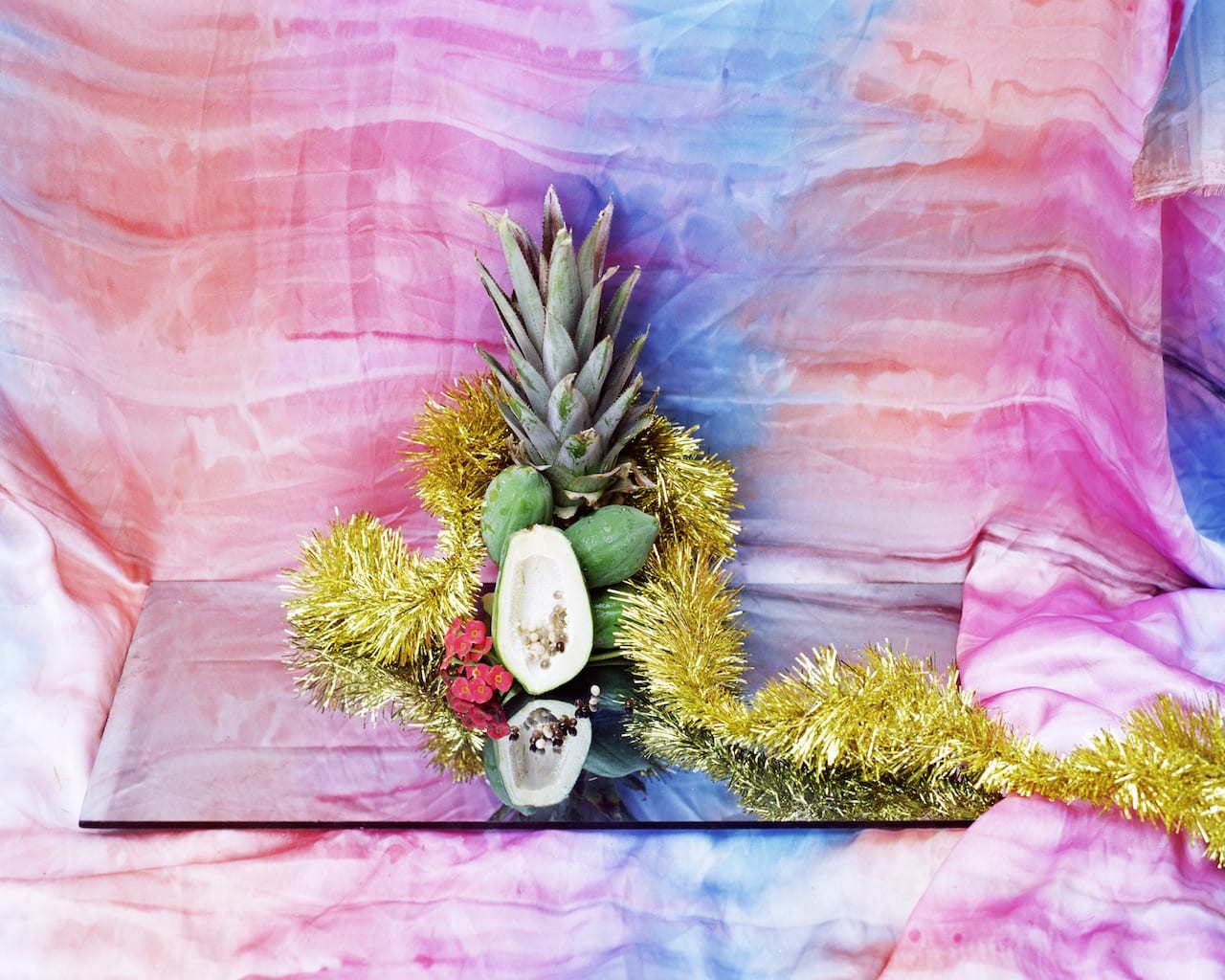
For the past five years, Ulla Deventer has been working on a project about women and prostitution in Europe – specifically in Brussels, Athens and Paris – but also, more recently, in Ghana. Several of the women she met in the project’s early days were from West Africa, and Deventer developed close friendships with some of her subjects, who inspired her to travel to their home countries to experience first-hand what life is like for women living there.
In May 2017, Deventer, who was born in Henstedt-Ulzburg in north Germany and is now based in Hamburg, spent six weeks in Accra, the capital of Ghana, where she focused her attention on the living conditions of the city’s youth, particularly its female sex workers. She recently returned to the country to continue to work on Butterflies Are a Sign of a Good Thing – an extension of her original project.
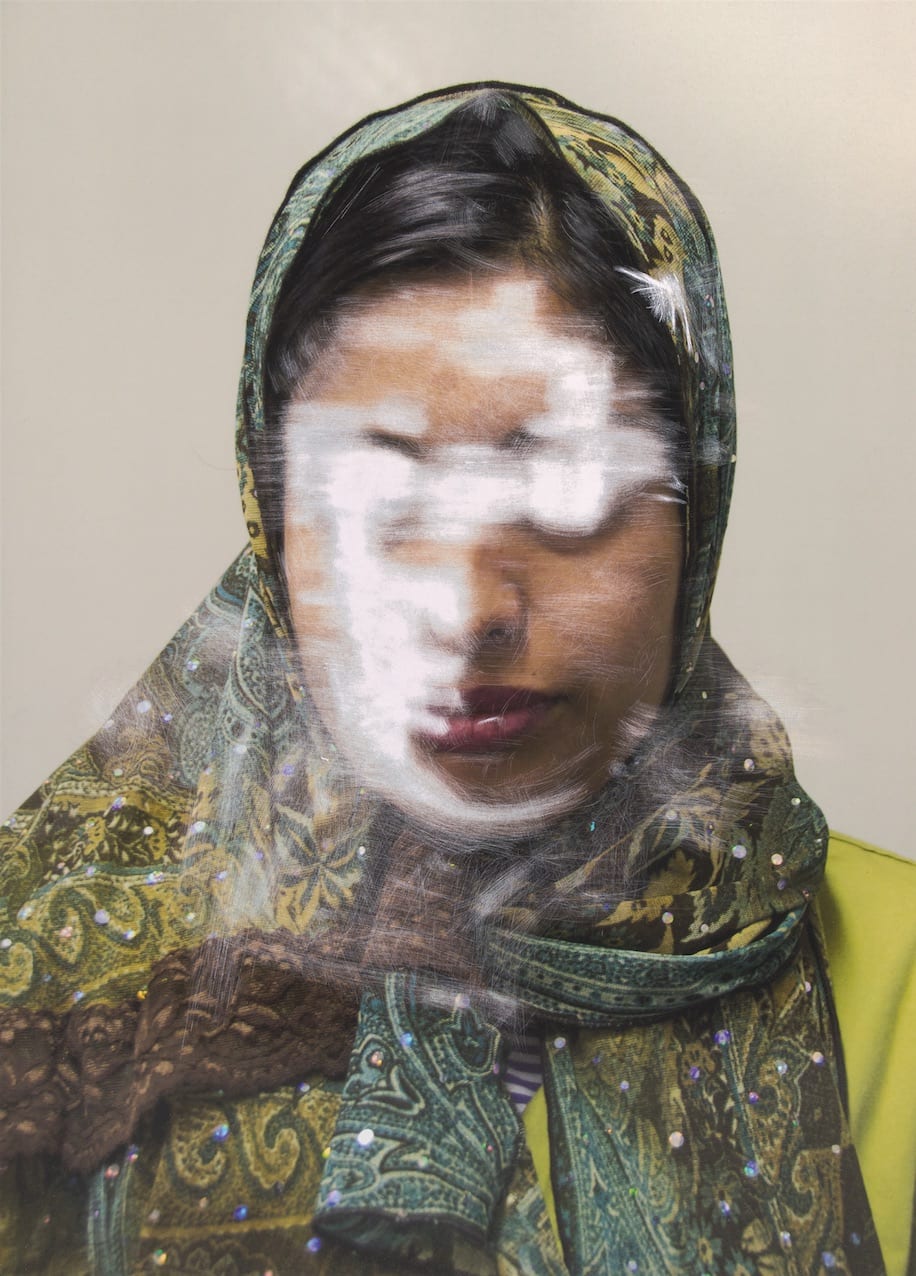
Article 14 of the Universal Declaration of Human Rights states: “Everyone has the right to seek, and to enjoy in other countries, asylum from persecution.” The UK was one of 48 nations to vote in favour of this document at the United Nations General Assembly in 1948 and now, 68 years later, British photographer Sam Ivin prints the full statement at the start of his first photobook, Lingering Ghosts. Made up entirely of portraits of people who have applied for asylum here, the book is a reminder – and an interrogation – of the codified notions of morality and fairness that Britain voted for but is not living up to.
Published by Fabrica, Lingering Ghosts asks a simple but thorny question – what does it mean to be an asylum seeker in the UK? Ivin scratched out the eyes of his subjects to induce a sense of foreboding, discomfort and alienation. As Gemma Padley notes in the foreword, “Once we remove our ability to connect with a subject through a person’s eyes, what remains?”
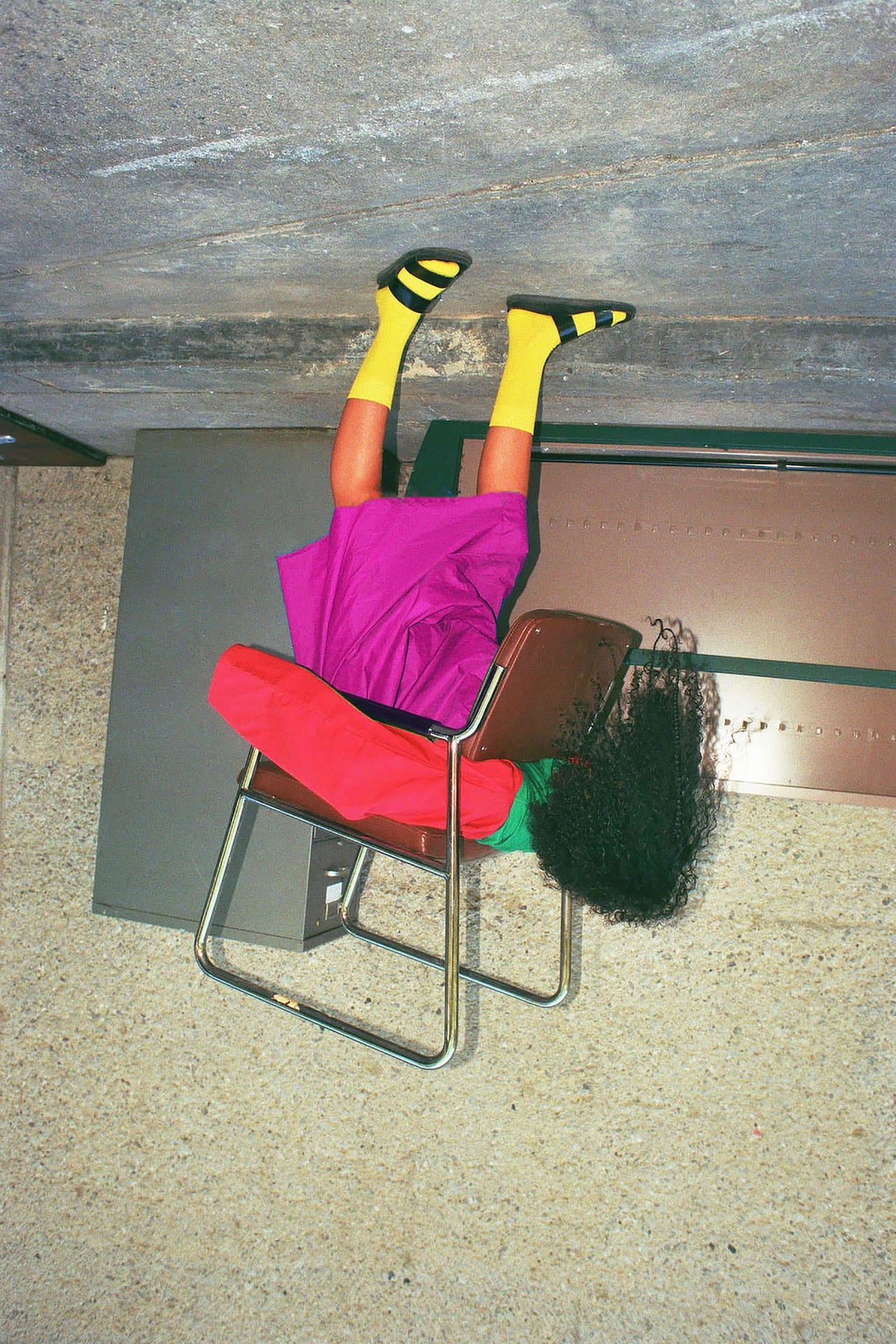
“Anxiety is universal,” says Arielle Bobb-Willis. “Some people paint, others do yoga or exercise [to help manage it]. Whatever it is, everyone can find something to make them feel more present. I was just lucky to have found mine early in my life.”
At first glance, Bobb-Willis’ work is happy and lighthearted – full of colour and movement. But there is also an uneasy element to her work, in the, often faceless, models’ awkward positions. “When you dig a little deeper, you see that part of me that was in a depressive state,” says Bobb-Willis, “All the uncomfortable positions I have been in, it plays a huge role in my work.”
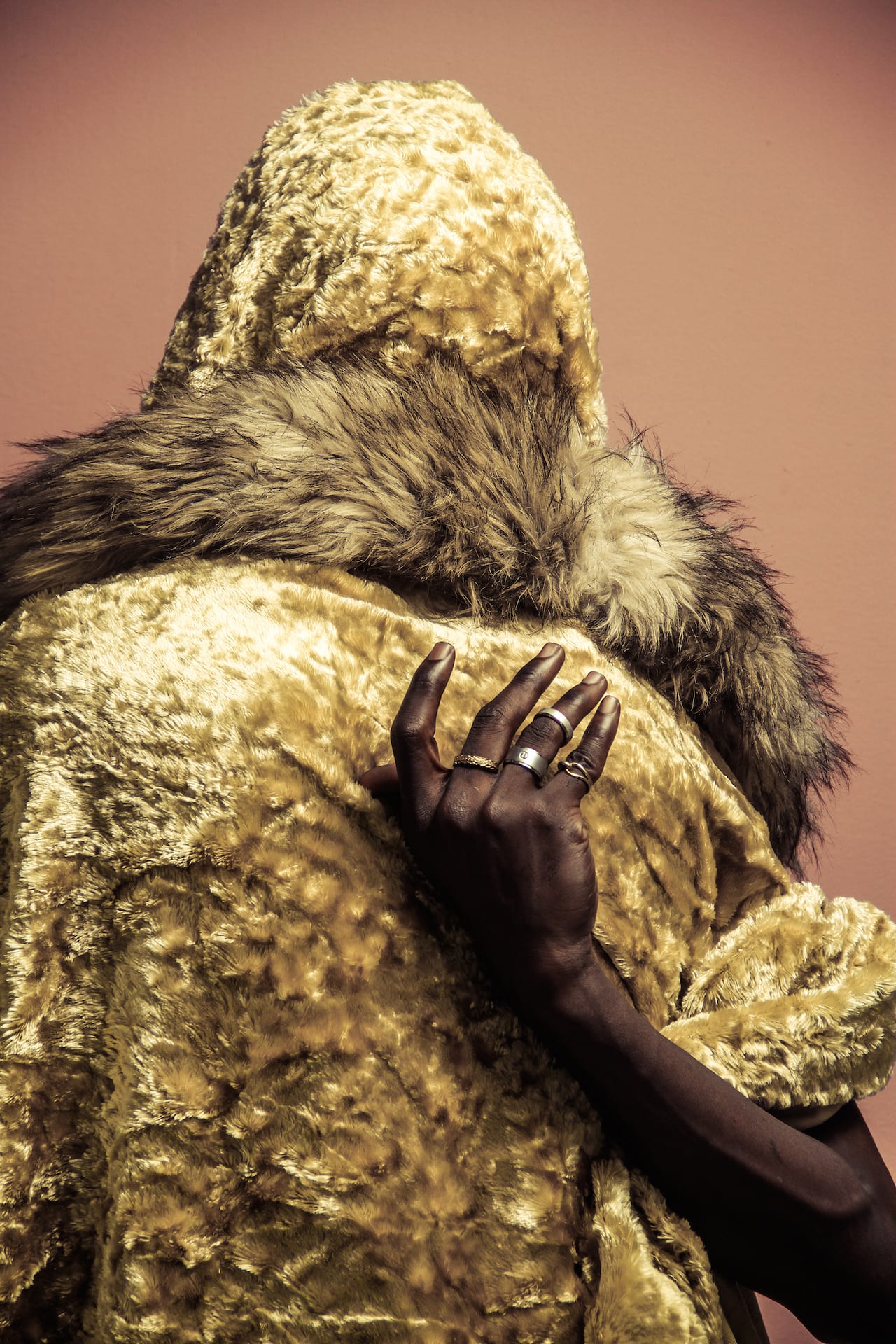
“Contrast, characters, dark humour, forms, shapes, awkward gestures and actions interest me,” says Noma Osula. In his portraits, the Nigerian photographer punctures the staid conventions of portraiture with playful gestures. A man, hands folded formally on his lap, blows a chewing-gum bubble; a woman, resplendent in a jade-green dress and doused in a painterly light, sucks on a red lollipop. At just 25, Osula’s sharp eye for colour and atmosphere already makes for a distinctly offbeat aesthetic. Using his vision to counter mainstream narratives has been an important drive for Osula, and a crucial part of his development as an artist. “First, it was changing the narrative of the so-called ‘Africa stigma’, then embracing imperfection, just like the Japanese idea of wabi-sabi,” he explains. “This projection of Africa as a completely dark and primitive continent, as well as what we represent, is obviously incomplete and inaccurate.”
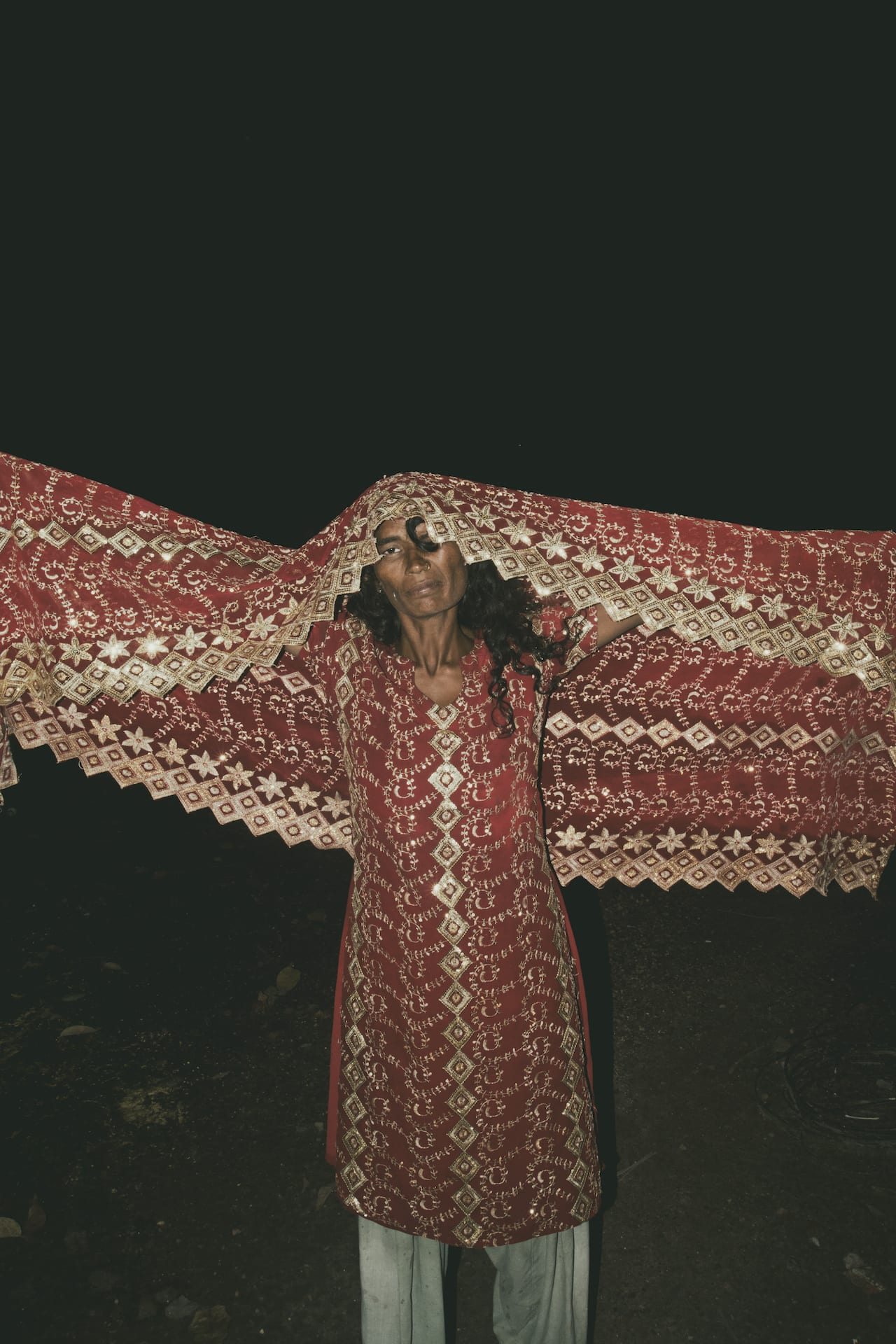
The “fictive hellhole” of Soham Gupta’s Angst makes for challenging viewing. Since 2013, with the night as his backdrop, the 29-year-old has been creating a haunting constellation of portraits of those living on the margins of Calcutta society. Drawing on a troubled youth spent struggling with societal expectations, Angst is a despairing, personal reckoning with a world in which the weakest and most vulnerable are neglected. The project started following a workshop with Antoine d’Agata and Sohrab Hura (a Ones To Watch in 2011) in Cambodia, where Gupta was encouraged to move away from his background in photojournalism and build on his innate interest in loneliness and vulnerability. Setting out on his own nocturnal journey through the streets of his hometown, Gupta began photographing and writing short fictional texts about the people he encountered. After instigating conversation, he would then collaborate with them to create a portrait.
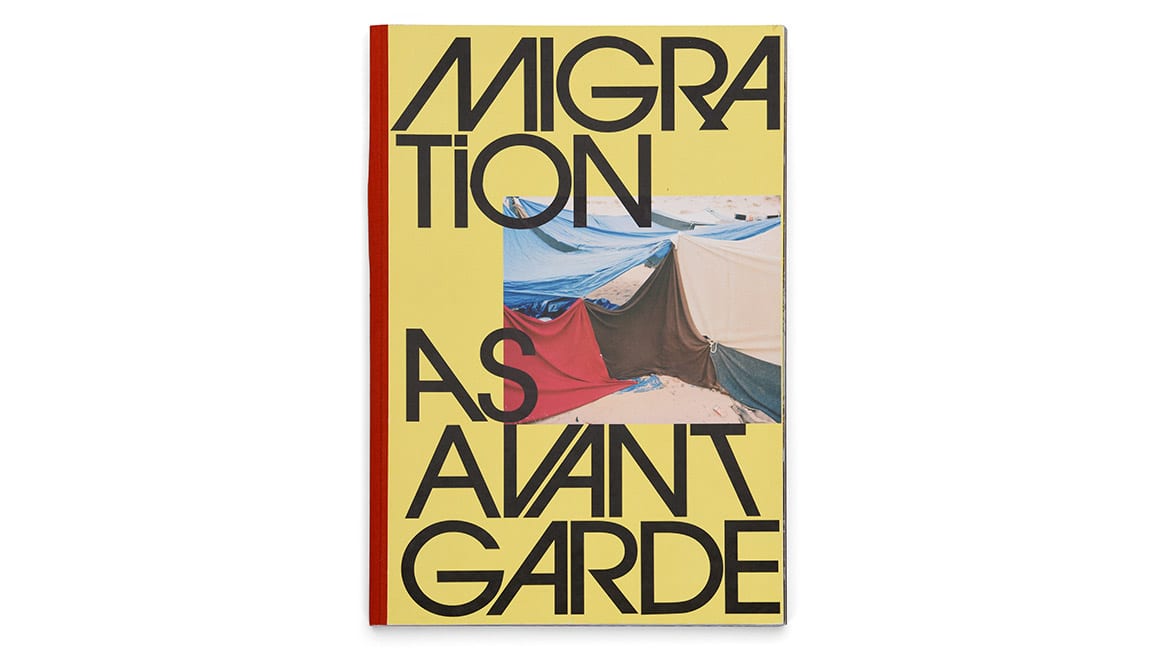
Established back in 2008, the Fotobookfestival Kassel was the first festival devoted to the photobook…

“Eastern and Central Europe has a lot of treasure in its photographic histories,” says Kate Bush, speaking about the exhibition she has curated for Calvert 22, Family Values: Polish Photography Now. It’s the first exhibition in the UK to focus exclusively on Polish photography and, says Bush, “hopefully, it will all be part of feeding a greater understanding and interest”. Family Values is part of Calvert 22’s mission to show the cultural and societal change in eastern Europe, the Balkans, Russia and Central Asia through photography, and Bush – who is adjunct curator of photography at Tate Britain – was commissioned by the gallery for the project shortly after the EU referendum. She sees the exhibition as an opportunity to celebrate London’s Polish community, the largest outside of Poland, as well as commemorating the centenary of Poland’s independence.